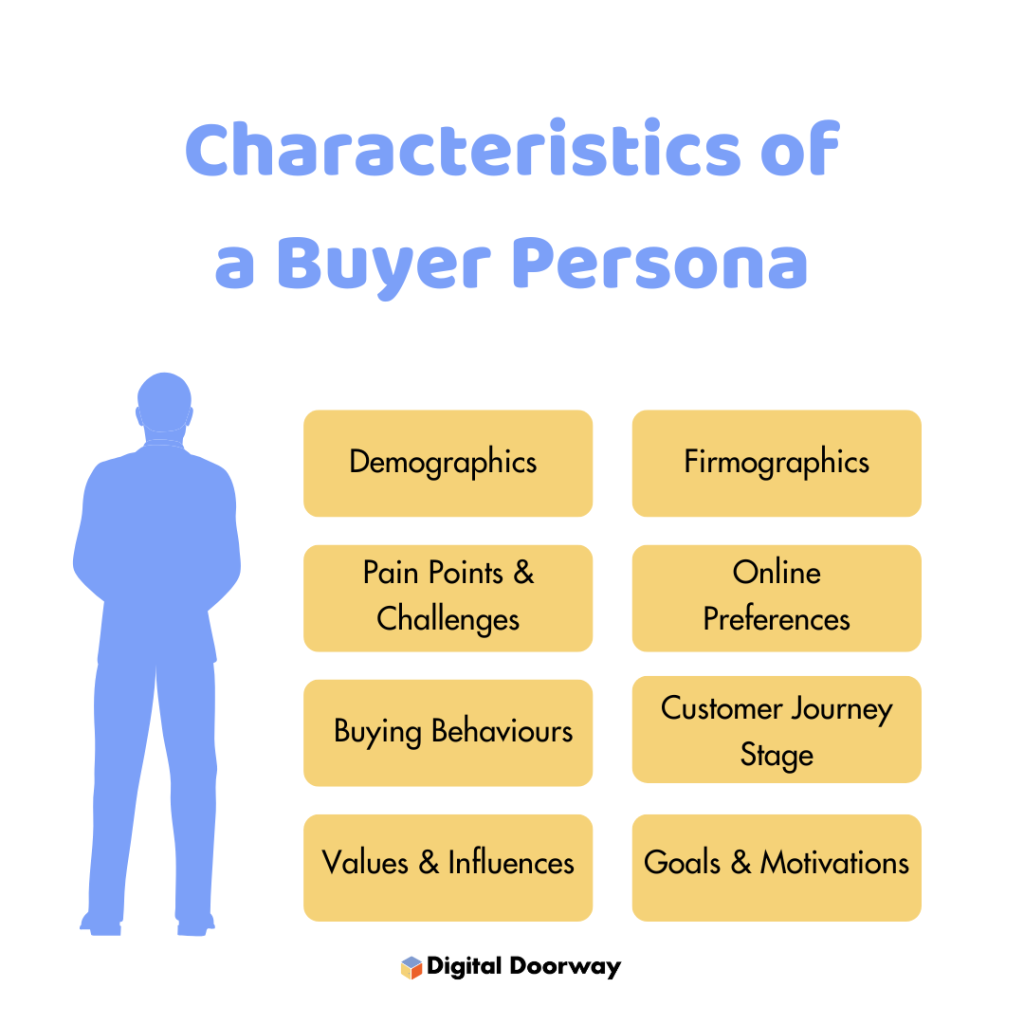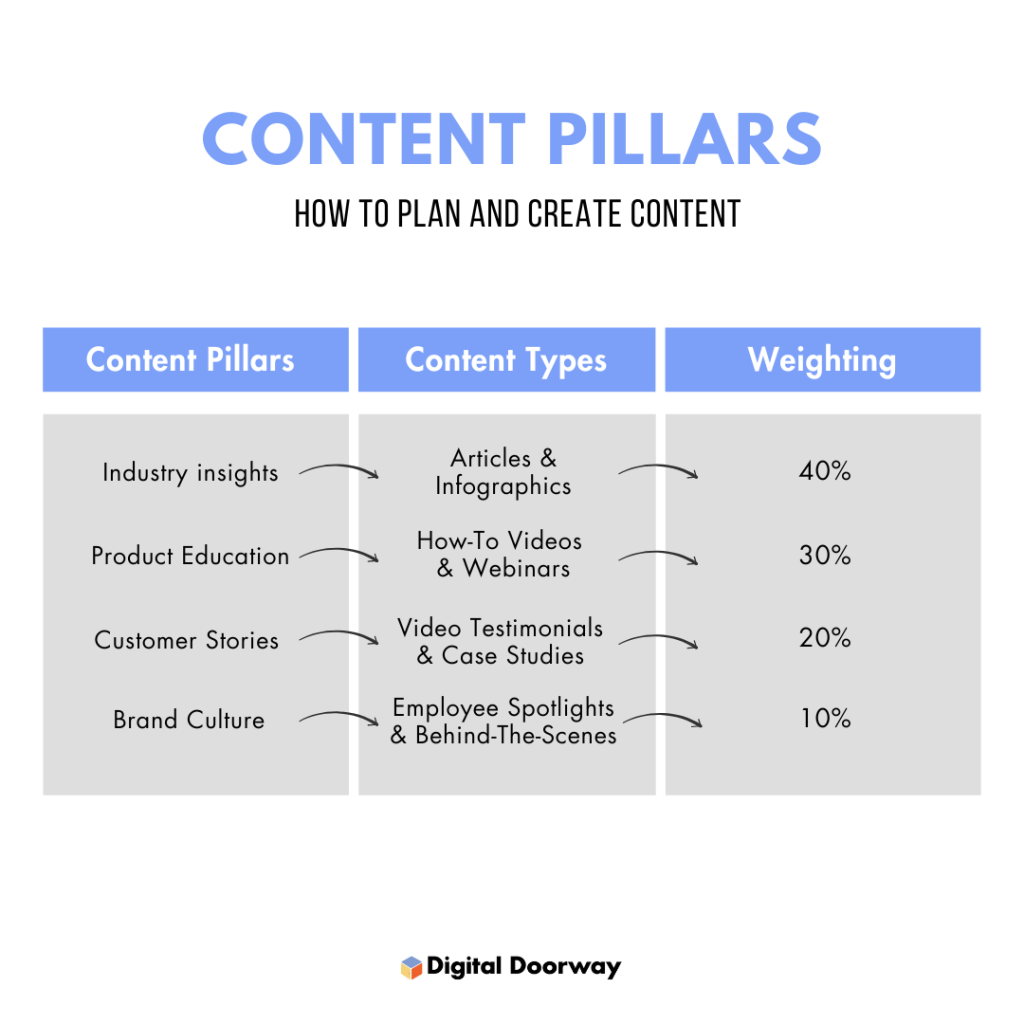Marketing without a strategy is just noise, which not only affects your customers but also your business. With a clear strategy, your marketing becomes purposeful and drives real business results.
For many SMEs, the challenge isn’t recognising the importance of marketing, but finding the capacity and direction to do it right. In this article, we’ll unpack the essentials you’ll need to build a tailored, effective marketing strategy.
Essentials for a Marketing Strategy
What’s Your Business Objective?
For SMEs, resources are often limited, which means you can’t afford to “do marketing for marketing’s sake.” Start by defining clear objectives. Do you want to generate leads, build brand awareness, or improve customer retention? Knowing your goals ensures that every activity ties directly back to business growth instead of adding noise.
Ideal Customer Profile (ICP)
Always begin with who you’re speaking to: everything else builds on this. Start by analysing your current customers: look at demographics, buying behaviour, and preferences. Use free tools like Google Analytics, customer surveys, or direct feedback from your sales team. Whether you’re attracting corporates across Africa (B2B) or online-first consumers (B2C), the more insight you gather, the sharper your marketing messages will be.

Marketing Funnel (The Customer Journey)
Once you know your customer, map their path from awareness to conversion. This journey highlights where you should position your brand to move prospects forward.
Charting this out not only guides your campaigns but also aligns your entire team, preventing silos and scattered decision-making.

Content Pillars
Without a content framework, many SMEs fall into the trap of posting content that lacks relevance. Content pillars are the core themes that guide what marketing collateral you create and share.
Once you’ve chosen your pillars, assign a percentage weighting. This ensures your content stays consistent, balanced, and relevant.

Marketing Platforms
Your business doesn’t need to be everywhere, and it shouldn’t. Choose platforms with intent by asking: “Why are we here, and which audience do we serve?” For example, LinkedIn works better for B2B lead generation, while Instagram or TikTok are better for B2C engagement. Focus on one or two platforms with purpose rather than spreading your team and message too thin across five.
Internal Processes
Marketing requires cross-team synergy. Sales, finance, and content all need to move in the same direction. Set up simple workflows and tools that fit your team’s capacity (even a shared WhatsApp group can work). The workflows and tools should encourage regular check-ins and performance measurement to keep everyone informed and accountable.
Building a Strong Marketing Strategy Foundation
Implementing these factors in your marketing strategy secures a solid foundation that helps your business grow with clarity and confidence. Think of it as your starter kit: simple, practical building blocks that, when consistently applied, set you apart and prepare you for long-term success.
Contact us today to learn how we can help your business develop a marketing strategy that drives growth.


